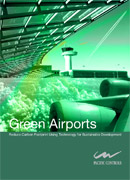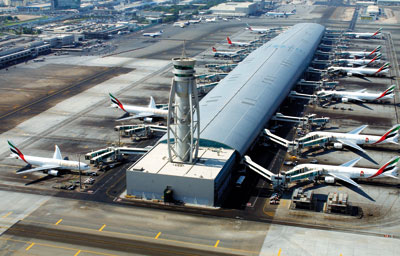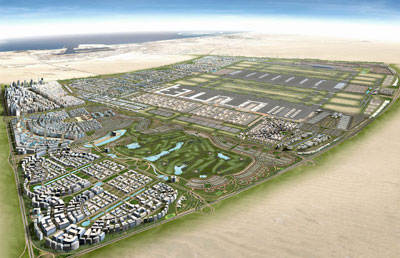- ICT - Information & Communications Technology
- Airport Automation
- Commercial Automation
- u-Home Automation
- Hospitality Industry
- Industrial Automation
- Integrated Security
- Global Command Control Center
- Emirates Energy Star
- National Security & Life Safety
- Fleet Management System
- Managed Services for Business Process Efficiency
 View e-brochure
View e-brochure
 View e-brochure
View e-brochure

Airport Automation
Pacific Controls strives to develop innovative solutions that improve existing systems to perform safely and efficiently at the airports.
Dubai International Airport - Airport Automation
Dubai, United Arab Emirates

Dubai International Airport is one of the busiest and fastest growing airports in the Middle East. The second phase of expansion of the airport by the Dubai Department of Civil Aviation is currently underway. Pacific Controls approach and proven track record in handling mission-critical applications has enabled to integrate the systems that are core to the airport including security, HVAC, fire alarm, lighting.
Public address, common use terminal equipment, resource management, baggage sorting, parking, gate allocation, to name a few. This approach results in lower initial costs, and operational efficiencies that maximize the benefits of capital improvement projects for the airport.
Ranked as the fourth busiest airport in the world in terms of international passengers according to Airport Council International’s latest figures (ACI), Dubai International Airport caters to around 60 million passengers per annum- increasing to 75mppa when the A-380 dedicated Concourse-3 opens. The Building Integration System from Pacific Controls functions as an Airport System integrator to enable different ELV Systems to exchange data with each other in the format and protocol supported by each of these systems. One example is the flight data updates forwarded from the Management Information System to Lighting Control System, Access Control System, and Building Management System etc. through BIS to enable operating their devices based on these schedules.
BIS aims to bring the different Airport systems to one common integrated platform where data can be monitored and analyzed for better operational efficiencies. After the completion of the Building Integration System project at Terminal-3, Concourse-2; Pacific Controls is currently implementing the BIS at Concourse-3.
Dubai World Central - Building Management System
Dubai, United Arab Emirates

At the heart of Dubai World Central is Al Maktoum International Airport – which will be the world’s largest passenger and cargo hub with a design capacity of over 12 million tones of cargo a year and in excess of 120 million passengers annually and capable of handling all new generation aircraft, including the A380 super jumbo. Pacific Controls is responsible for preparing the design and provide the solution for the Building Management System (Management Level).
The system proposed to fulfill the requirements of Building Management System (Management Level) is comprise of software and hardware components to ensure the transfer of data between various buildings are located in DWCIA. The system has the capability to receive and transmit the data using multiple protocols as required to communicate with the various BMS (Building Management System), ELV-subsystems through the DWCIA network.

